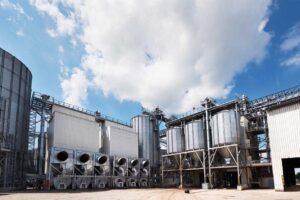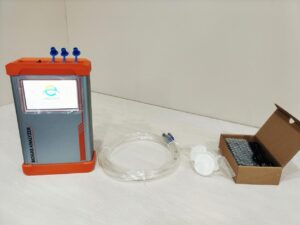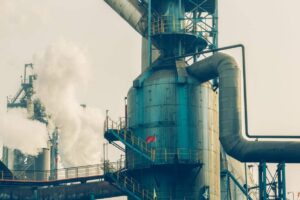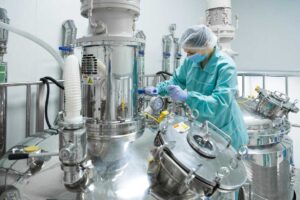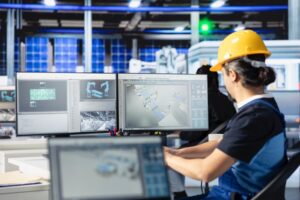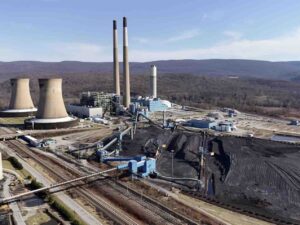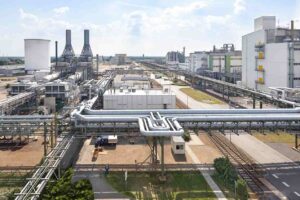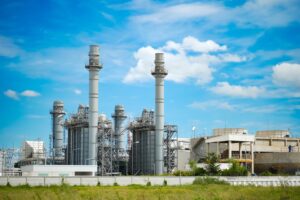Industrial emissions are often invisible but carry serious environmental and operational consequences. A tail gas analyzer helps detect and control these emissions before they become a costly problem.
Tail gas analyzers are critical instruments used in petrochemical, refining, and sulfur recovery units to monitor and control emissions. These systems ensure compliance with environmental standards and improve process efficiency.
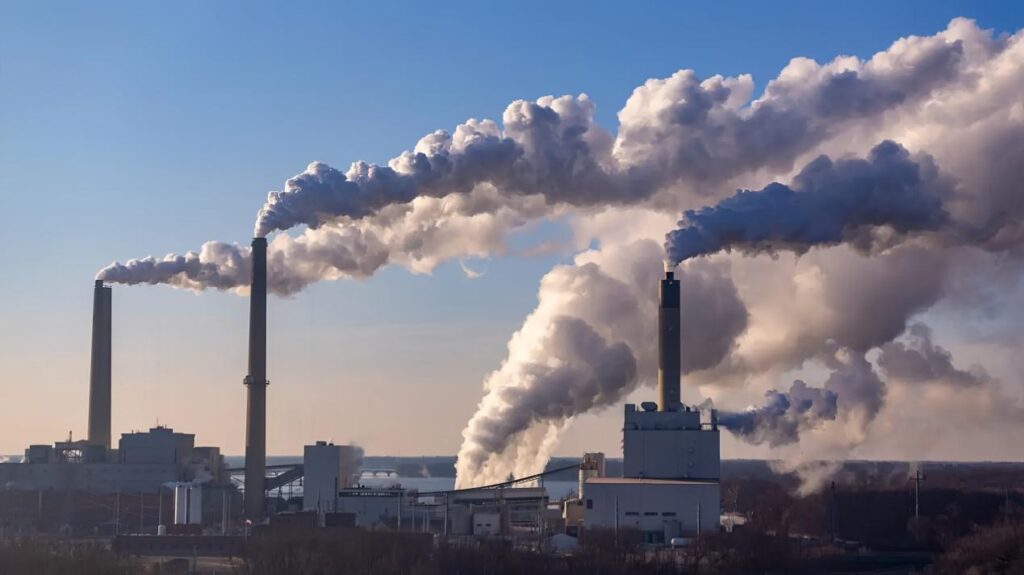
While a brief definition might satisfy curiosity, deeper knowledge about how a tail gas analyzer functions and where it is used can empower process engineers to unlock real operational improvements.
What exactly is a tail gas analyzer, and how does it work?
Invisible emissions can be the most dangerous — and controlling them requires precision backed by proven engineering.
A tail gas analyzer is a highly specialized instrument designed to continuously monitor the composition of process off-gases, especially in sulfur recovery and refining units. Its primary function is to measure residual gases like hydrogen sulfide (H₂S), sulfur dioxide (SO₂), and other sulfur-containing components in the tail gas stream. These compounds are not only harmful to the environment but also signal inefficiencies in chemical conversion processes.
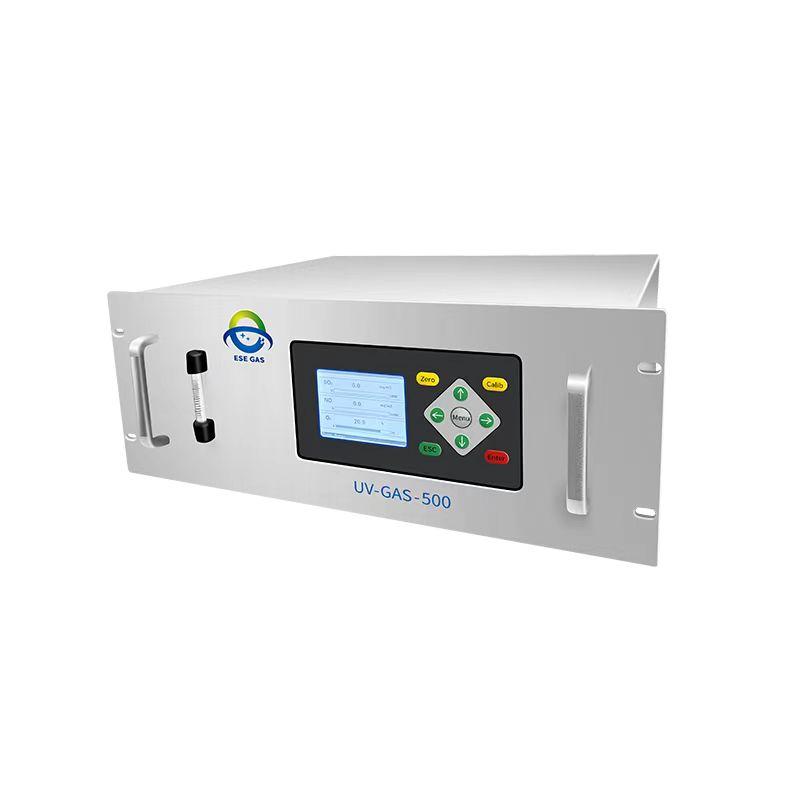
ESEGAS’s tail gas analysis solutions are engineered specifically for harsh industrial environments such as Claus units, thermal oxidizers, and amine treatment systems. Unlike generic analyzers, ESEGAS analyzers are purpose-built for tail gas analyzer applications — offering high selectivity, robust accuracy, and real-time feedback even under fluctuating process conditions.
Leveraging advanced non-dispersive infrared (NDIR) and ultraviolet (UV) optical technologies, ESEGAS analyzers detect even trace levels of target gases. These technologies are integrated into a modular, field-proven design that supports both in-situ and extractive configurations depending on the site requirements. This allows process operators to capture a precise gas composition profile, make timely process adjustments, and ensure compliance with emission regulations without delay.
ESEGAS also provides comprehensive system integration services, offering analyzer houses, sampling probes, preconditioning systems, and DCS/PLC interfacing — ensuring that each tail gas analyzer functions not just as a standalone device, but as a seamless part of a plant’s automation and compliance architecture.
The result? Continuous, accurate gas analysis that allows real-time process optimization, maximized sulfur recovery, and minimized environmental impact — all from a system engineered by a trusted global brand in gas analytics.
In which industries is a tail gas analyzer commonly used?
Every industry has a different exhaust profile—but all of them need the same thing: precise, real-time emission control.
The tail gas analyzer plays a vital role across multiple heavy industries where sulfur-containing compounds are present in exhaust streams. These gases are not only highly regulated but can also indicate inefficiencies or failures in upstream processes. By continuously monitoring tail gas composition, industrial operators can reduce emissions, protect equipment, and maximize recovery.
ESEGAS has established itself as a trusted solution provider in these high-demand environments, delivering rugged, high-performance tail gas analyzer systems tailored for specific industry needs:
1. Oil Refining & Petrochemical
In oil refineries, especially within Claus sulfur recovery units (SRUs), tail gas analyzers are essential for optimizing the sulfur conversion process. Unconverted H₂S or excess SO₂ in tail gas not only increases emissions but also reduces recovery efficiency. ESEGAS analyzers help maintain the ideal stoichiometric balance (typically the 2:1 ratio of H₂S to SO₂) at the Claus reactor outlet. With fast-response and real-time measurement, ESEGAS systems enable closed-loop control that directly improves recovery rate and emission compliance.
2. Natural Gas Processing
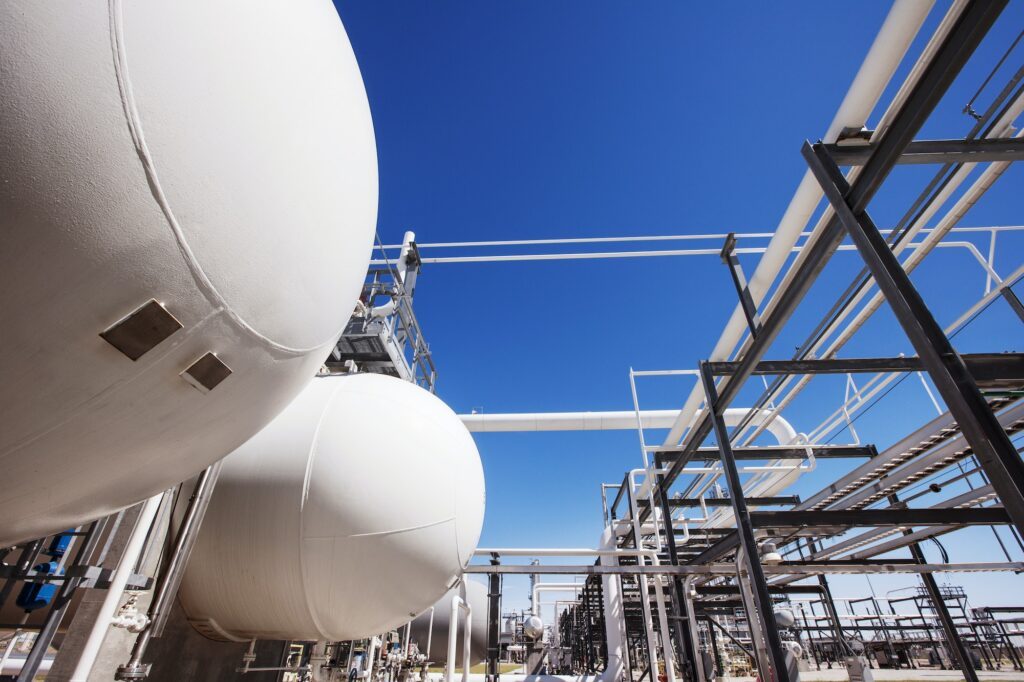
In sour gas treatment and amine regeneration units, accurate analysis of tail gas is necessary to detect potential breakthrough of H₂S or amine carryover. ESEGAS provides customized tail gas analyzer systems equipped with corrosion-resistant sampling probes and heated extractive lines suitable for high-moisture, high-sulfur environments. These analyzers help gas processors comply with environmental standards while optimizing amine consumption and ensuring operational safety.
3. Sulfuric Acid Plants
Tail gas analysis is crucial at multiple stages in the contact process, particularly after the final absorption tower. Monitoring residual SO₂ is essential for minimizing emissions and preventing damage to downstream equipment. ESEGAS analyzers are configured to withstand the high temperature and acidic conditions typical in these plants, offering long-term stability and low maintenance requirements.
4. Chemical Manufacturing
Chemical plants producing or using sulfur compounds (e.g., carbon disulfide, thiols, sulfonic acids) must tightly control emissions during production, venting, or incineration. The tail gas analyzer enables these facilities to detect trace-level releases that may escape conventional monitoring systems. ESEGAS offers compact, modular systems that can be integrated into confined plant spaces without compromising measurement performance.
5. Waste Incineration & Hazardous Waste Treatment
Incinerators dealing with sulfur-rich industrial waste must monitor SOx emissions from combustion gases. Tail gas analysis provides critical feedback for burner control and ensures that post-combustion treatment systems (like scrubbers or catalytic converters) are operating effectively. ESEGAS solutions are built to handle fluctuating loads, harsh particulates, and wide-ranging gas compositions typical of incineration processes.
Across all these industries, ESEGAS provides not just analyzers, but full-system solutions — from sample conditioning units and purge systems to integration with plant automation platforms. Every tail gas analyzer package is backed by ESEGAS’s application engineering team, ensuring correct installation, fast commissioning, and optimized performance over the long term.
How does a tail gas analyzer help ensure environmental compliance?
When emissions exceed the limit, the cost is more than financial—it damages reputation and risks operational shutdowns.
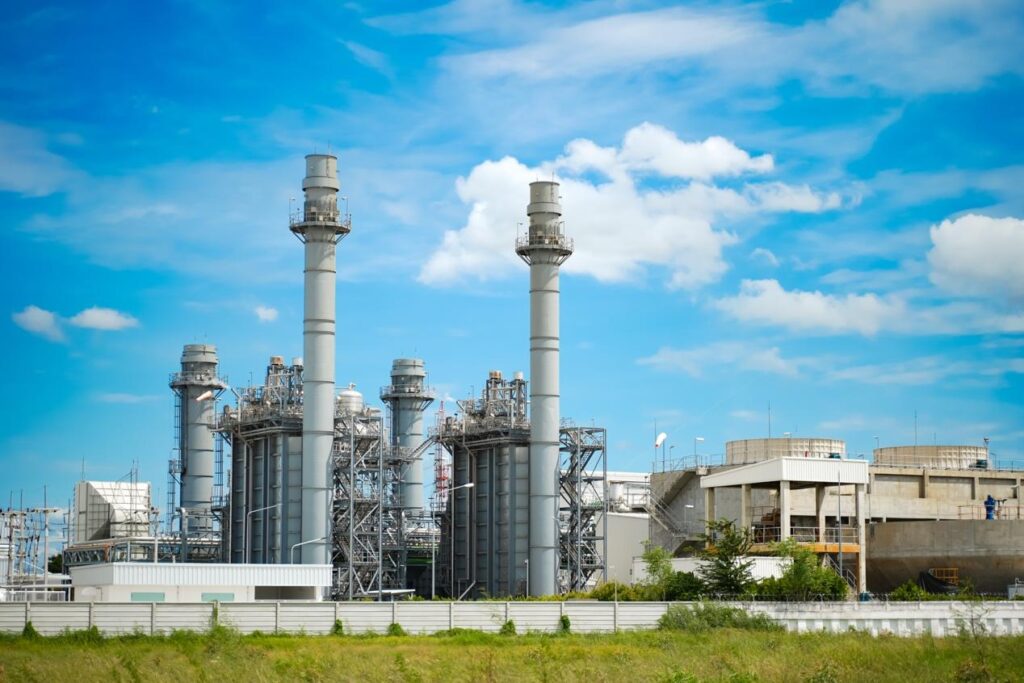
By offering continuous, real-time monitoring of sulfur compounds and other hazardous emissions, a tail gas analyzerhelps plants comply with strict environmental regulations such as those from the U.S. EPA, EU directives, and local environmental agencies. The analyzer can be integrated with plant DCS (Distributed Control Systems) or PLCs (Programmable Logic Controllers), enabling automatic adjustments to combustion conditions or process parameters. This ensures that emissions remain within permissible levels, minimizing regulatory fines and contributing to a cleaner environment.
How does a tail gas analyzer improve production efficiency?
Emission control isn’t just about meeting regulations—it’s also about unlocking higher productivity and process yield.
In processes like sulfur recovery, a tail gas analyzer provides feedback that allows operators to fine-tune burner conditions and catalytic conversion stages. By detecting unreacted H₂S or excess SO₂, the analyzer supports optimal control strategies that minimize sulfur loss and reduce fuel consumption. This not only helps lower operational costs but also increases the overall recovery rate. Additionally, early detection of process upsets can prevent equipment damage and unscheduled downtime.
Conclusion
Tail gas analyzers provide vital insights into emission control and efficiency optimization in industrial processes. Their adoption is not just a regulatory necessity but also a strategic move for sustainable operations.





